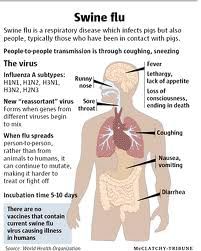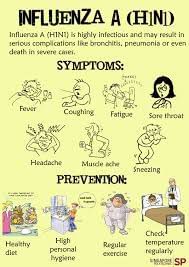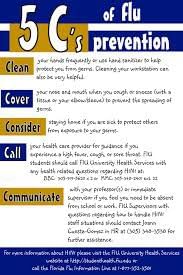Get the App
For Doctors
Login/Sign-up
Last Updated: Aug 29, 2019
BookMark
Report
Swine Influenza Screening On The Basis Of Neutrophils To Lymphocyte Ratio
NEUTROPHIL/LYMPHOCYTE ratio less than two may serve an excellent screening tool for isolation while awaiting throat swab culture reports for conformation of the diagnosis. If the patient presenting with two or more of influenza like symptoms (cough, sore throat, fever, rhinorrhea, malaise, headache, shortness of breath, chills) a decrease inWBC count and an N/L ratio less than 2 indicate the possibility of swine flu.
But the final diagnosis must be based on throat swab culture and virus isolation, Reverse-transcriptase polymerase chain reaction (RT-PCR). At present, there is no validated rapid bedside diagnostic test (including so-called ‘point-of-care’ diagnostic tests). Samples for laboratory tests should be taken from the deep nasal passages, nasopharynx, throat or, if available, bronchial aspirate.
N/L ratio is time saving and cost-effective procedure. It would be especially helpful when there are a large number of suspected cases or in areas where the facilities for throat swab culture are not available.
Therefore by L/N ratio the anti-viral treatment can also be started early thus reducing the complications and mortality due to delayed treatment.
References
1. Cunha, Pherez, Schoch. Diagnostic importance of relative lymphopenia as a marker of swine influenza (H1N1)in adults. Clin Infect Dis 2009; 49 : 1454-6
2. CDC. Outbreak of Swine- origin influenza (H1N1) virus infection- Mexico. 2009: 58 : 467-70.
3. Michaelis , Doerr, Cinatl. An influenza A H1N1 virus revival - pandemic H1N1: Infection. 2009;
4. Ajit Indavarapu & Abhilash Akinapelli “Neutrophils to lymphocyte ratio as a screening tool for swine influenza” Osmania Medical College, Hyderabad, India. Indian J Med Res 134, September 2011, pp 389-391.
NEUTROPHIL/LYMPHOCYTE ratio less than two may serve an excellent screening tool for isolation while awaiting throat swab culture reports for conformation of the diagnosis. If the patient presenting with two or more of influenza like symptoms (cough, sore throat, fever, rhinorrhea, malaise, headache, shortness of breath, chills) a decrease inWBC count and an N/L ratio less than 2 indicate the possibility of swine flu.
But the final diagnosis must be based on throat swab culture and virus isolation, Reverse-transcriptase polymerase chain reaction (RT-PCR). At present, there is no validated rapid bedside diagnostic test (including so-called ‘point-of-care’ diagnostic tests). Samples for laboratory tests should be taken from the deep nasal passages, nasopharynx, throat or, if available, bronchial aspirate.
N/L ratio is time saving and cost-effective procedure. It would be especially helpful when there are a large number of suspected cases or in areas where the facilities for throat swab culture are not available.
Therefore by L/N ratio the anti-viral treatment can also be started early thus reducing the complications and mortality due to delayed treatment.
References
1. Cunha, Pherez, Schoch. Diagnostic importance of relative lymphopenia as a marker of swine influenza (H1N1)in adults. Clin Infect Dis 2009; 49 : 1454-6
2. CDC. Outbreak of Swine- origin influenza (H1N1) virus infection- Mexico. 2009: 58 : 467-70.
3. Michaelis , Doerr, Cinatl. An influenza A H1N1 virus revival - pandemic H1N1: Infection. 2009;
4. Ajit Indavarapu & Abhilash Akinapelli “Neutrophils to lymphocyte ratio as a screening tool for swine influenza” Osmania Medical College, Hyderabad, India. Indian J Med Res 134, September 2011, pp 389-391.






+1.svg)
